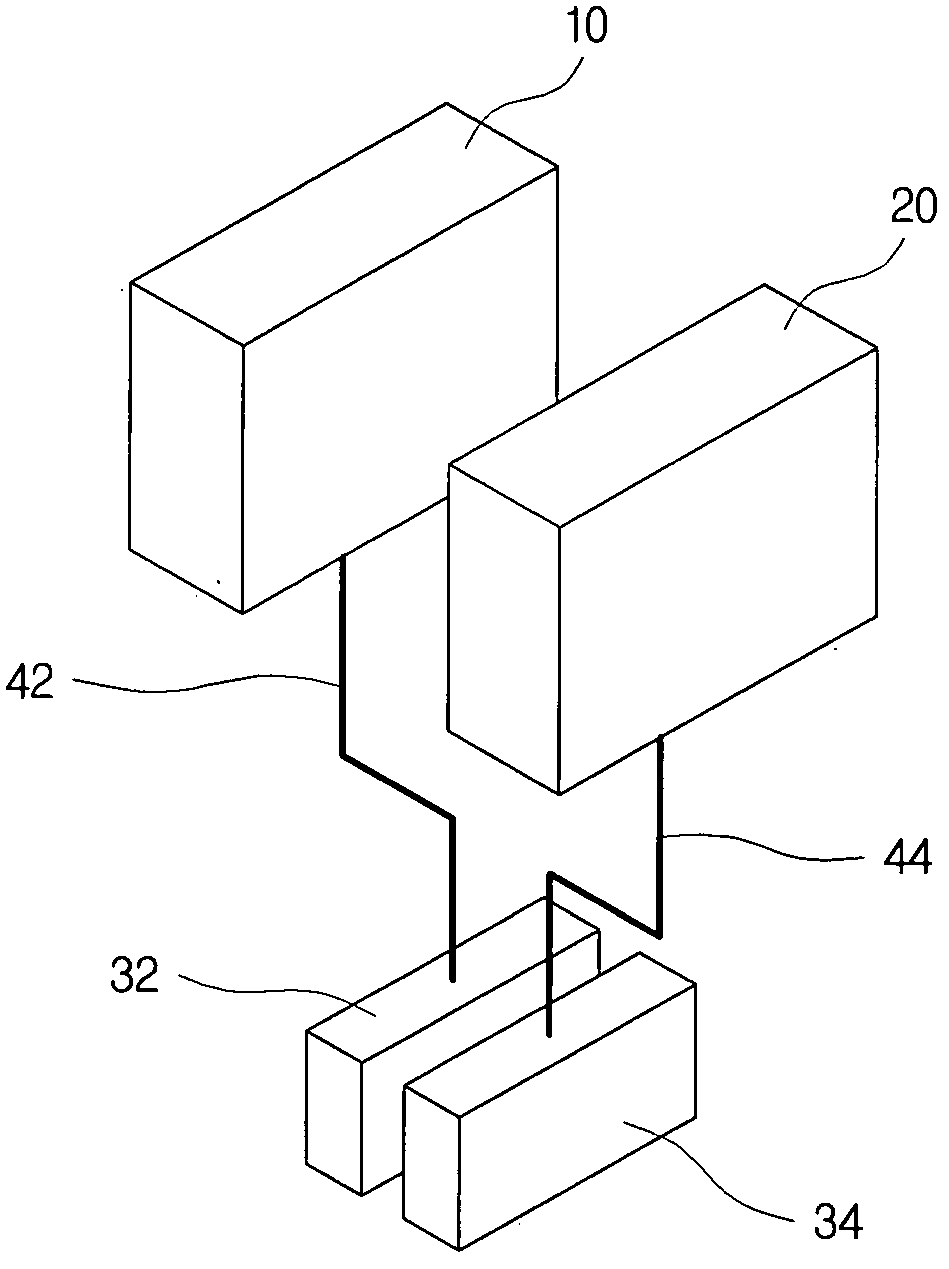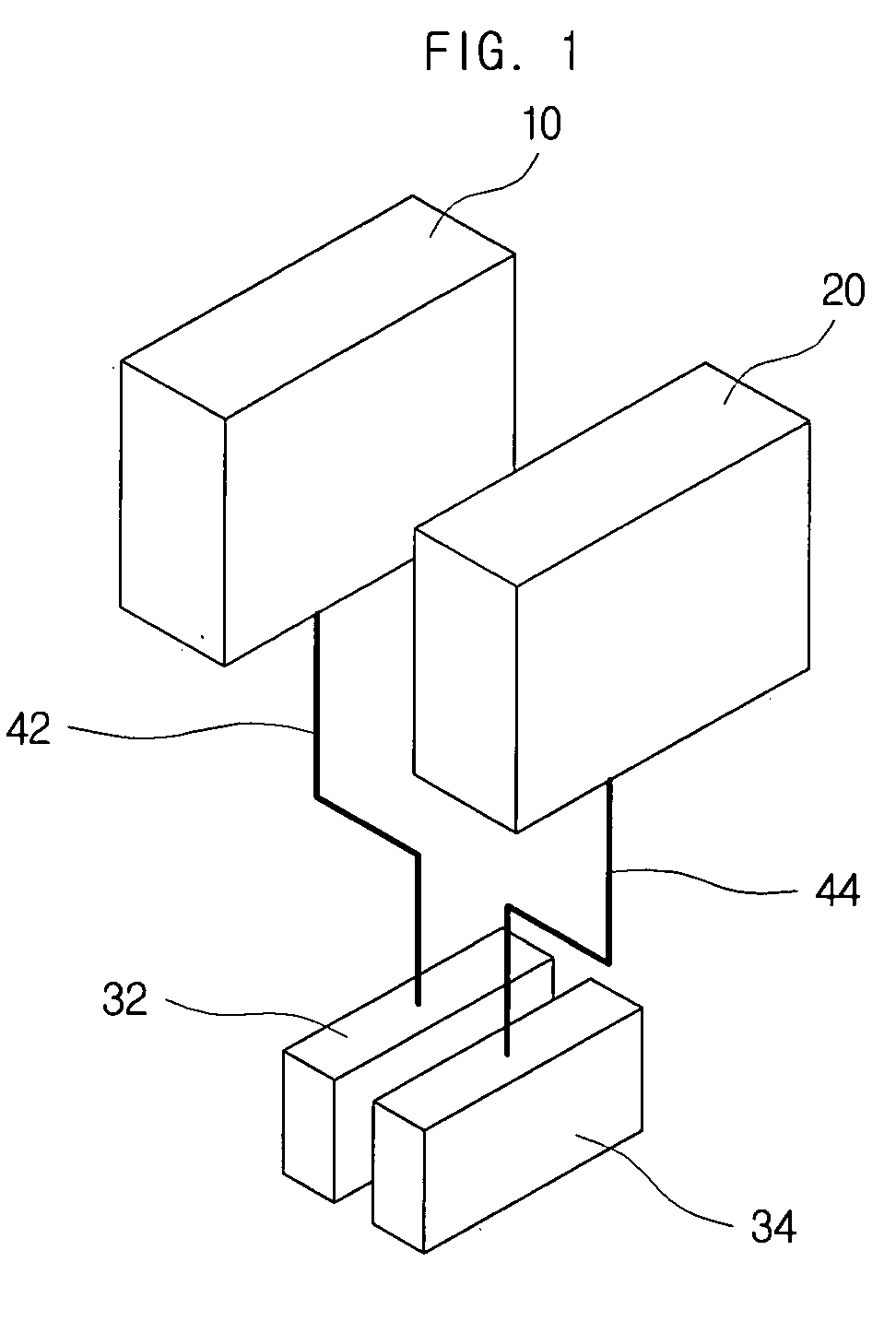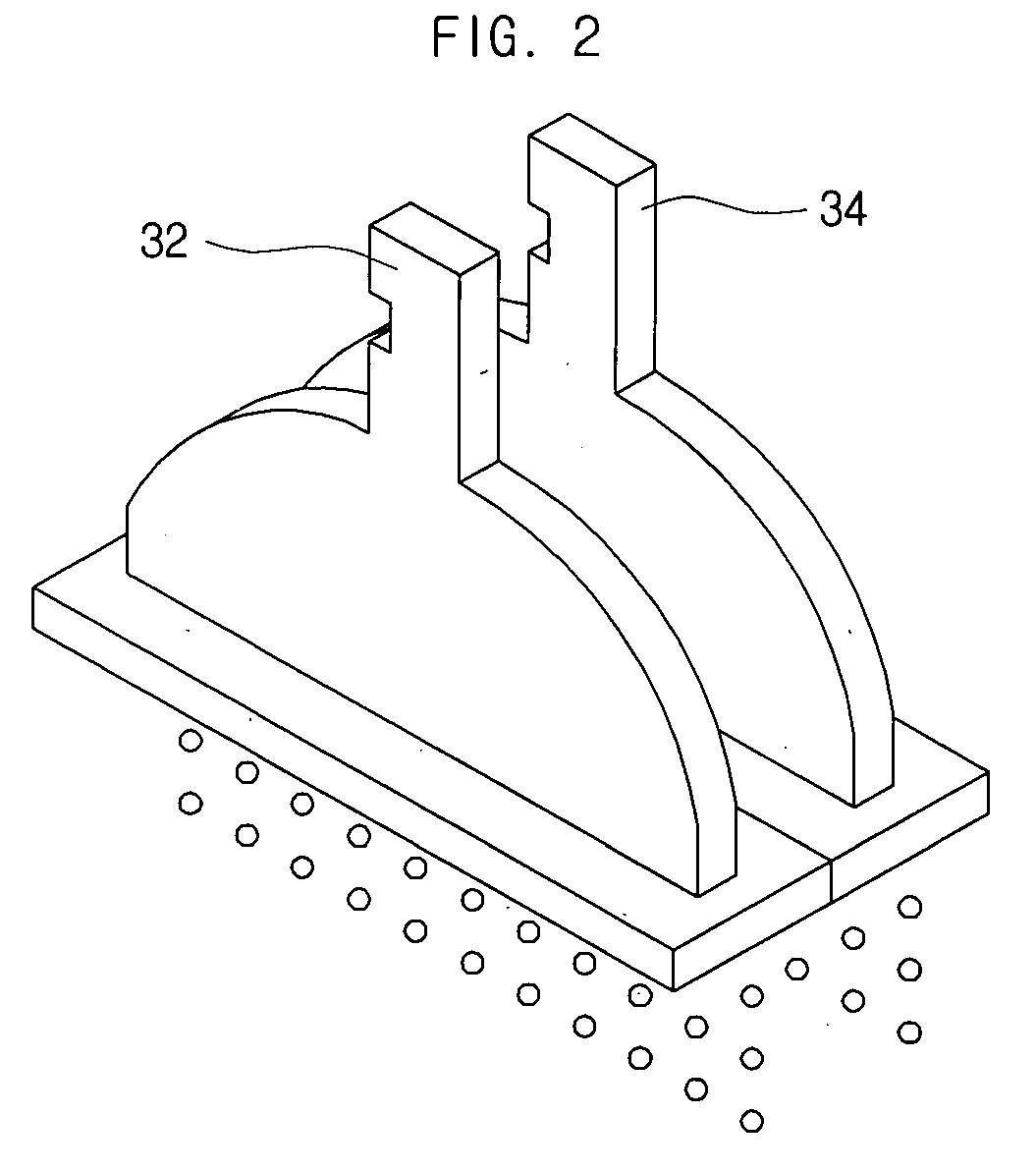Inkjet apparatus
a technology of inkjet and nozzle, which is applied in the direction of electrical equipment, printed circuits, printing, etc., can solve the problems of increasing material costs, affecting the production efficiency affecting the quality of printed circuit boards, so as to prevent nozzle blockage
- Summary
- Abstract
- Description
- Claims
- Application Information
AI Technical Summary
Benefits of technology
Problems solved by technology
Method used
Image
Examples
preparation example 1
Preparation of a Two-Component Inkjet Solder Resist Ink
[0077]Using a high-speed stirrer, 375 g of 2-hydroxyethyl acrylate, 525 g of 2-methacryloyl-oxyethyl isocyanate, 75 g of 3-ethyl-3-(phenoxymethyl)oxetane, and 7.5 g of a Solsperse dispersant were evenly mixed together. The mixture was dispersed, together with 75 g of a phthalocyanine inorganic pigment and 225 g of a barium sulfate inorganic pigment, using a beads mill system, after which the mixture was filtered through a 1 μm filter to prepare the monomer composition of a two-component solder resist ink.
[0078]A mixture of 150 g of 3-ethyl-3-(phenoxymethyl)oxetane, 45 g of azobisisovaleronitrile, and 75 g of an antifoaming agent and additives were stirred at high speeds and filtered through a 1 μm filter to prepare the initiator composition of the two-component solder resist ink.
PUM
 Login to View More
Login to View More Abstract
Description
Claims
Application Information
 Login to View More
Login to View More - R&D
- Intellectual Property
- Life Sciences
- Materials
- Tech Scout
- Unparalleled Data Quality
- Higher Quality Content
- 60% Fewer Hallucinations
Browse by: Latest US Patents, China's latest patents, Technical Efficacy Thesaurus, Application Domain, Technology Topic, Popular Technical Reports.
© 2025 PatSnap. All rights reserved.Legal|Privacy policy|Modern Slavery Act Transparency Statement|Sitemap|About US| Contact US: help@patsnap.com



